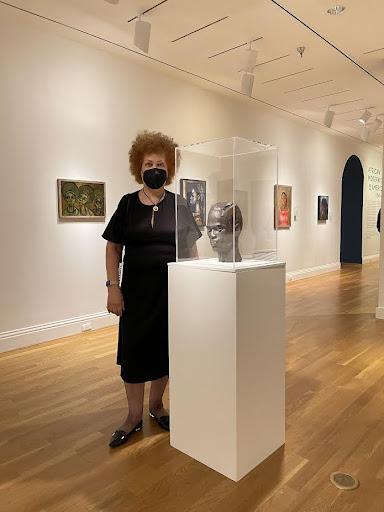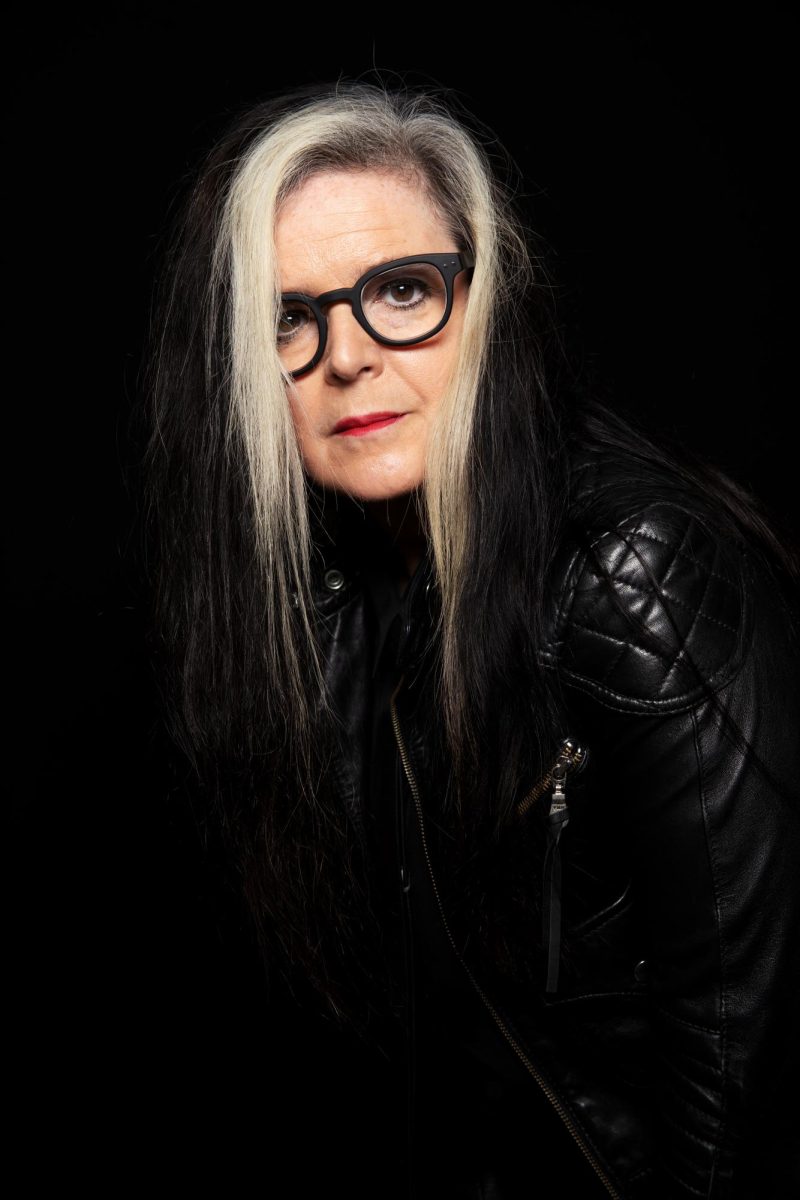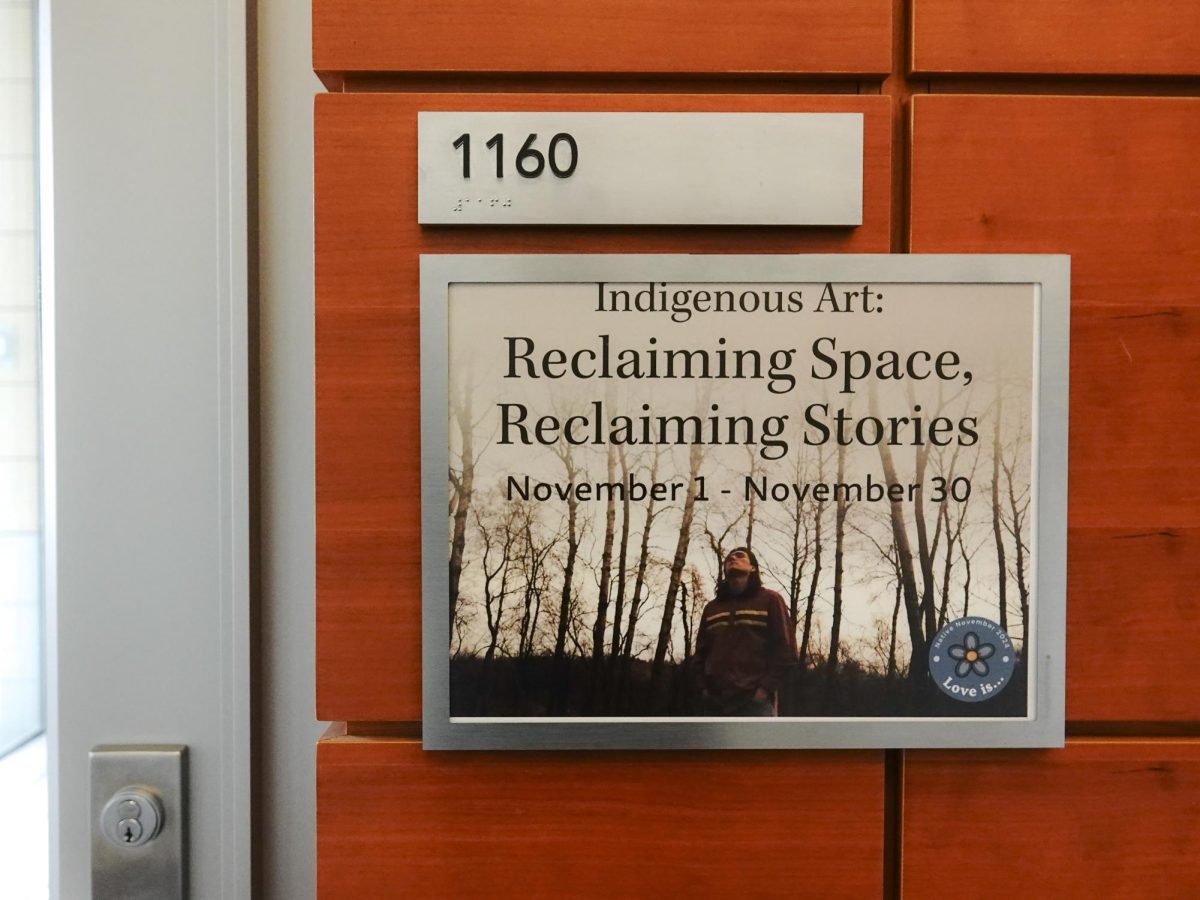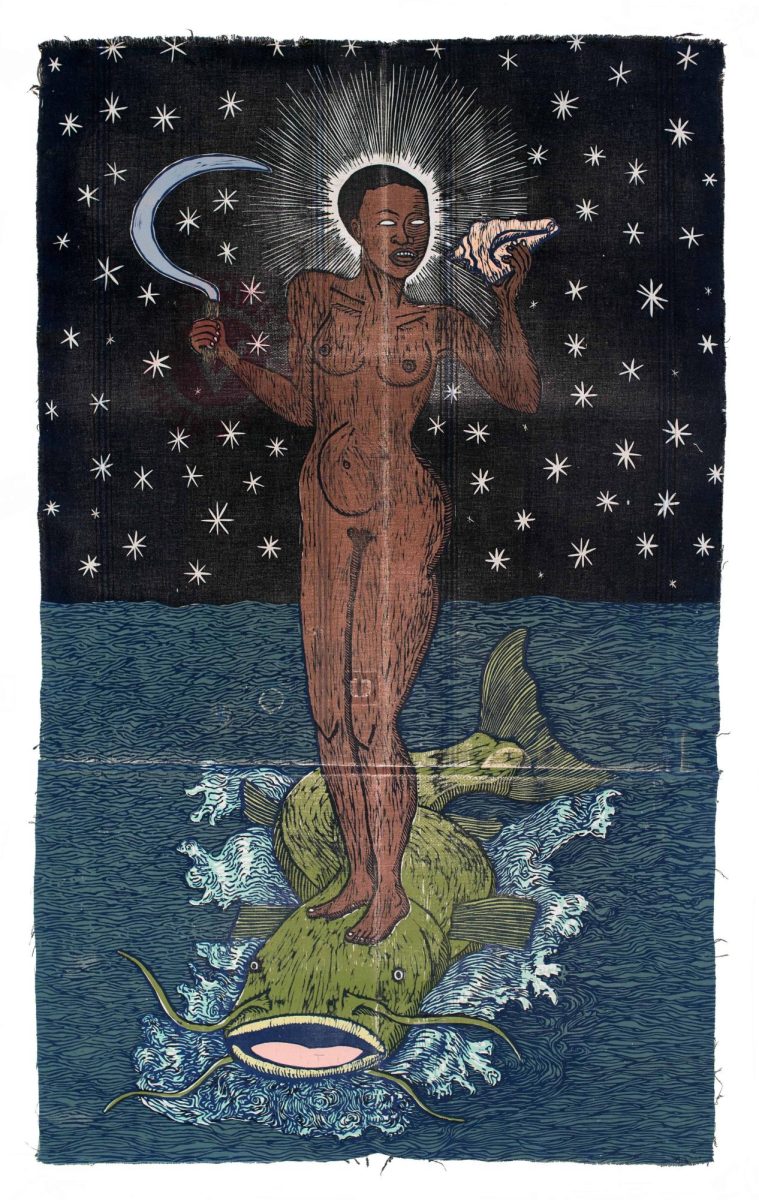University of Wisconsin professor emerita Freida High Wasikhongo Tesfagiorgis was featured in a recent story by Wisconsin Life. This publication, a collaboration between Wisconsin Public Radio and PBS Wisconsin, celebrates the diverse stories of Wisconsinites.
Tesfagiorgis’s recognition is not new, with a history of features in numerous publications throughout her career. Her contributions to the practice, history and theory of Black art have established her standing as a pioneer of Black art history and cultural art theory.
Childhood Encouragement for the Arts
Tesfagiorgis grew up in an artistic family. Music was central to their family, with her mother and grandmother both being pianists. Her family encouraged 12 children to be involved in and appreciative of the arts.
“The first thing I reached for as a young child was a crayon,” Tesfagiorgis said in reflection of a statement by her father.
Kanopy Dance returns to the stage with ‘Winter Fantasia: Reimagined’
Throughout her adolescent years, Tesfagiorgis continued to reach for art tools like crayons and pencils. Upon graduating high school, Tesfagiorgis attended Graceland College — now Graceland University — to study art education. At Graceland, Tesfagiorgis was encompassed in a close-knit community of just 1,100 students. There, she encountered professor Les White, who created a positive environment of artistic learning with his unique and discerning eye for art.
During her first two years at Graceland College, the Black Power Movement was reaching an impetus in the U.S. Having lived through her family’s relocation from Mississippi to Illinois during the period known as the Great Migration, Tesfagiorgis was passionate about the effort for change in the United States. In order to feel more connected to the reality of change and be located closer to her family, Tesfagiorgis decided to transfer to Northern Illinois University, located in the suburbs of Chicago.
The Crossover of Art and Identity
At NIU, Tesfagiorgis faced her first opportunity to combine her passions for art and Black representation. While taking a course on art history, Tesfagiorgis noticed it was nearing the end of the course and still no Black artists had been mentioned. Curious about this omission, she raised her hand in class and asked her professor when they would be discussing Black artists. To her shock, the professor simply responded that there were not any Black artists.
Determined and inspired, Tesfagiorgis challenged her professor’s conclusion and began a research project to find and highlight Black artists.
“I think that was the beginning of a turning point for me,” Tesfagiorgis said.
After the completion of her Bachelor of Science degree at NIU, Tesfagiorgis spent some time working, but was ultimately led back to the pursuit of education. Awarded an arts fellowship, Tesfagiorgis enrolled in an art master’s program at UW.
Taylor Swift stylishly reclaims beloved era in ‘1989 (Taylor’s Version)’
Tesfagiorgis’ Time at UW
While studying in Madison, Tesfagiorgis engaged herself in campus activities. The Black Cultural Center was a significant place to Tesfagiorgis, where she felt connected to other Black students. It was here she heard of an opportunity to participate in a steering committee for the creation of the Afro-American Studies department. The creation of this department came about after the Black Student Strike of 1969 on the UW campus, which marked a pivotal moment for academic progression.
Selected as one of seven student representatives to be on the steering committee for the Afro-American Studies department, Tesfagiorgis lent her perspective to develop the undergraduate curriculum. The main disciplines developed by the committee included Afro-American History, Culture and Literature, and Society — many of which are still seen in today’s curriculum.
Little did Tesfagiorgis know, she would become a professor in the same department she had a hand in developing in 1969. During her 41 years working as a professor at UW, she has been able to work toward institutional building, one of her principal interests. She developed a profound dialogue surrounding Black art, curating exhibitions and bringing Black artists to campus to lead discussions and seminars.
University Theatre’s ‘Twelfth Night’ puts modern twist on classic Shakespeare
For Tesfagiorgis, teaching was an opportunity to replicate the impactful mentorship she received as a student, where she felt seen and valued. Notably, she hoped to create an environment of teachable moments, allowing for a reciprocal exchange of knowledge and perspectives from professor to student and vice versa.
“That is dynamic enlightenment, to realize that these people who are creating and moving the discipline along also take an interest in you enough to answer your questions or to invite you to come study at a place or to ask you what you are doing,” Tesfagiorgis said.
Tesfagiorgis highlighted the importance of listening and learning from your students. When her students voiced concerns about having no tangible evidence for their work in Afro-American study, which did not meet major requirements, she set forth to develop the certificate in African American studies. Since its implementation in 2012, the last year of Tesfagiorgis’ teaching career, 93 students have earned the certificate.
An Effort of Continuation
Tesfagiorgis continues to work on art representation, with continued efforts in institutional building. For the last four years, Tesfagiorgis has acted as chair of the collections committee for the Bronzeville Center for the Arts, an initiative to bring African diaspora and art to the Milwaukee area and greater Wisconsin.
“Giving greater intellectual presence to the eyes of artists of the African diaspora,” Tesfagiorgis said of the focus of her work.
Within the Madison community, Tesfagiorgis continues her mission to foster discourse and create space for African and African American art and artists. Jan. 27, she will be giving a lecture in collaboration with the Madison Museum of Contemporary Art called “Sam Gilliam: Abstraction and Innovation Beyond the Color Field and the Color Line.”
Prior to this event, Tesfagiorgis recommends experiencing the current exhibit at the Chazen Museum of Art, “Insistent Persistence,” a curation of contemporary African art in the area that is available through Dec. 23.














